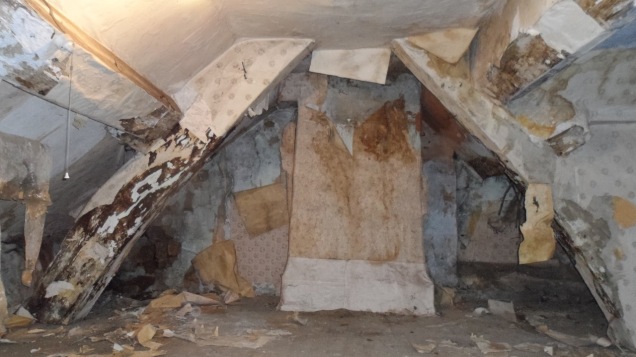What’s your background in heritage science?
Having completed a degree in Applied Biology I was offered a 4 month contract, funded by English Heritage, in the Archaeology Department at Sheffield University working in the dendrochronology (tree-ring dating) laboratory. I spent the next 28 years working in the laboratory on timbers from all over England from archaeological sites and historic buildings, and other wooden objects (logboats, chests, staircases, panelling, and even a totem pole!), as well as living trees. In 2012 I transferred from the university to work directly for English Heritage/Historic England.
What’s you role at Historic England?
I’m part of the Scientific Dating team and as a dendrochronologist I work with people right across both Historic England and the English Heritage Trust, as well as all sorts of people outside of these organisations, such as archaeologists, building historians, conservation officers, historic interest groups, and of course other dendrochronologists and heritage scientists. My role is to help understand the wealth of historic buildings and archaeological remains that we’re so lucky to have. One day I can be working with living trees to understand more about landscape gardens associated with some of our stately homes, another day I can be working on a roof in an apparently anonymous historic building that proves to be 14th century and hence suddenly very important, and the next providing a date for a timber structure that proves to be over 4000 years old.

What’s been the most exciting/challenging thing you’ve worked on recently?
I’m currently involved in the dendrochronological component of a project investigating historic buildings in Beverley in Yorkshire. The project is being undertaken by the Yorkshire Vernacular Buildings Study Group (www.yvbsg.org.uk) with funding from Historic England. From a dendro point of view the work is proving somewhat challenging (and therefore most definitely fun) – this is an area of the country where surprisingly little previous work has been done and what has been done has shown that the trees used in the buildings are not behaving as they should do, making our job of dating them difficult! Having failed to date one of the buildings, with an impressive crown post roof and thought to be over 500 years old, by dendrochronology we’re now going to involve other heritage scientists and use another scientific dating technique so that the YVBSG does get a date for this building to include in their account about the early development of Beverley. I’m also very much hoping that all of this dendro work will tell us about the medieval woodlands that surrounded Beverley some 400-500 years ago that were used to produce the building timbers still visible in the town.
Who inspires you?
From a purely work perspective the people I gain most inspiration from are those members of specialist historical interest groups, like the YVBSG, who do so much investigative work in their own time and yet they provide the basis for so many of the fascinating projects that we as heritage scientists have the opportunity of being involved in.
What do you love most about your job?
I love the fact that I never really know from week to week what I’m going to be doing next or who I’m going to be talking to. I love the excitement of being able to show that the timbers in a roof of a building in a tiny hamlet near Sheffield were felled over 500 years ago in AD 1484; that the timbers excavated from a sunken wreck were used in the ship’s construction in AD 1628; and that a board from a 17th century panel painting on display at Kenwood House was imported from woodlands in the eastern Baltic. Basically never a dull moment!

In a single sentence, tell us what’s great about heritage science?
Heritage science has the ability to reveal amazing details about what people did and when, how they lived and what happened to them.
